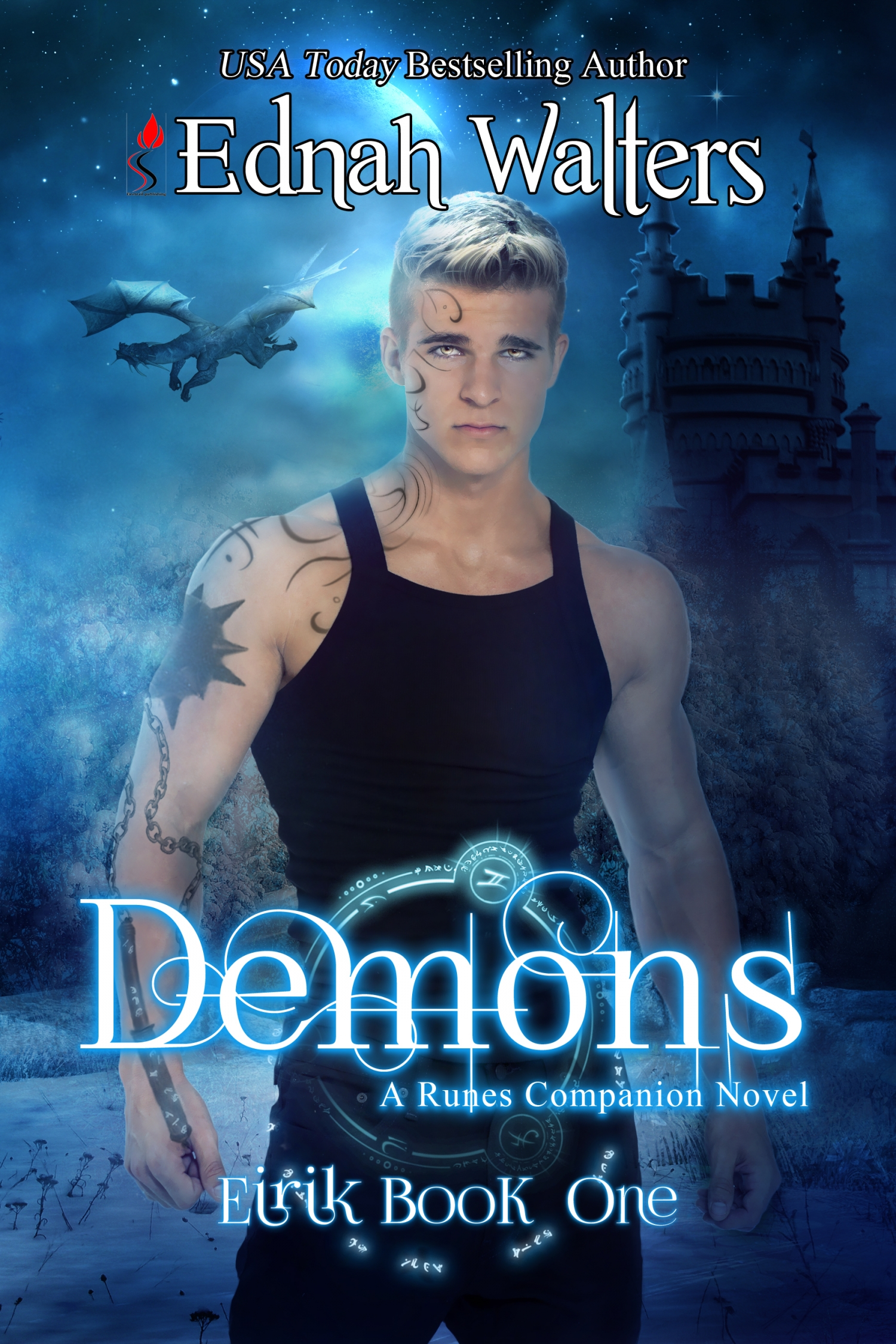


This basically allows you to set how far into the dungeon you’ll go for a session. It’s an interesting concept and it works pretty decently in practice.Īfter you’ve cleared the first couple of areas of the dungeon you’ll unlock a feature called the Flexiscope. If you equip an artifact that has a mana cost of five mana, five of your 10 mana becomes “green” and can’t be used by spells, meaning you now only have five mana available for spells until you unequip the artifact. To best explain this, let’s say you have 10 “blue” mana that you can use for spells (also colored blue), and casting those spells will consume some mana. As for artifact cards, they have a unique mechanic as they permanently occupy a certain amount of mana. Spell cards use mana and item cards have a limited number of charges unless you either find more in the dungeons or have them recharged in town by the Fortune Teller. That being said, the other cards you can find can be upgraded to have their effects increased.
#BOOK OF DEMONS REVIEW UPGRADE#
Cards come in four types: spells to attack enemies with, Items to aid you such as potions and town portals, artifacts that can give passive effects, and special cards used to upgrade the other types of cards. At the start you can only equip three cards at a time but you can purchase more card slots as the game progresses. Again, these produce your spells and abilities. While you can perform a basic attack by either hovering the mouse cursor over an enemy to slowly attack them or rapidly click on them to attack faster, the cards are kind of the main focus.

Basically you’re choosing which increase will help you out best in the current situation. In a way, it ultimately doesn’t matter as you can potentially get whatever increase you didn’t choose later. Instead you’ll come across various cards that act as your spells and abilities, and leveling up lets you choose to increase your life or mana. Gone is the ability to equip items and spend skill points when leveling up to min-max your character however you wish. Once you head into the dungeons you’ll start to get a feel for how combat works, though it’s a bit different than your typical dungeon crawler. Each person serves their own purpose, such as the Fortune Teller helping you level up your cards, and the Barmaid taking things you find in the dungeons and turning them into rewards. The bulk of the game takes place in the dungeons, but you begin in the town with a few people you can talk to. Given how they interact with a couple of the mechanics of the game I’ll talk about these in a moment. Once that’s out of the way, you have three difficulties to choose from: Casual, Normal, and Roguelike. But I find it strange that a dungeon crawling game would force you into a class at the start. I kind of get why that is, as the early going introduced you to the game’s primary mechanics and it doesn’t take long to get to level five. The catch is that you have to choose the warrior until you level it to level five, and then you can pick from any of the three classes on a new game. There are three character classes available in the form of a warrior, mage, and rogue. When you begin a new game you can pick from three character classes…well, sort of. There have been games in the past that have combined a couple of different genres together but this is one of my first times checking them out as we have a Diablo-style dungeon crawler mixed with card games. Besides video games, another one of my passions is card games, whether they’re collectible card games or deck-building games. Ever since getting introduced to Diablo II back in college, I’ve always enjoyed a good dungeon crawler, even going back to Diablo II from time to time.


 0 kommentar(er)
0 kommentar(er)
